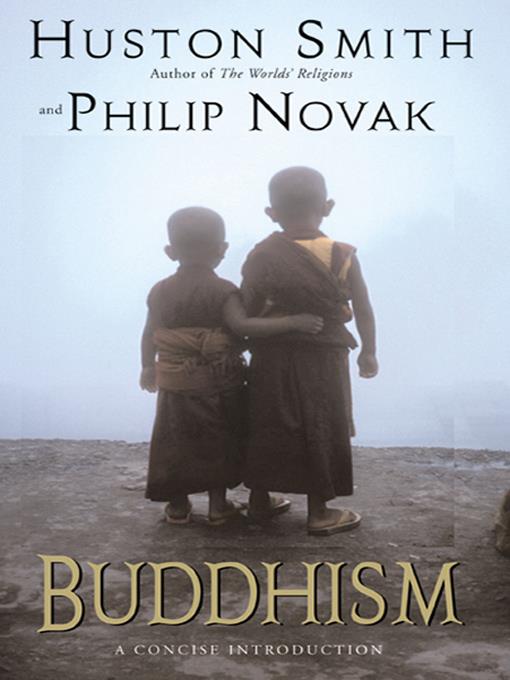
Buddhism: A Concise Introduction
کتاب های مرتبط
- اطلاعات
- نقد و بررسی
- دیدگاه کاربران
نقد و بررسی

March 31, 2003
Bookshelves abound with introductions to Buddhism, many written by luminaries and spiritual giants of the faith. But this primer co-written by Smith, whose magnum opus The World's Religions
has sold more than two million copies, is distinguished by its gentlemanly erudition and thoughtful attention to Buddhist diversity. The book's first half is an expanded and updated version of the Buddhism sections of The World's Religions
and was penned by Smith. Special attention is given to Theravada Buddhism, which "was overshadowed by Mahayana" in the original version; one chapter provides a helpful side-by-side chart illuminating the basic differences between the traditions, while the next features an in-depth discussion of Theravada's influence in South Asia and its emphasis on insight meditation. The primer's all-new second half—written by Smith's former doctoral student Novak—presents the story of Buddhism in the West, discussing its multifaceted presence in the United States. While Novak devotes time to the rise of Buddhism in Germany, England and France, it is clear that he finds the "New Buddhism" of America, with its emphasis on lay involvement, social engagement and the cross-pollination between Buddhist traditions, to be the source of the most exciting contemporary innovations. Smith's helpful afterword gauges the rising importance of Pure Land Buddhism in America, though this vital information should have merited a full chapter. Novak and Smith's collaboration is a fine contribution to the admittedly crowded corpus of introductions to Buddhism: the strokes are broad, the writing style engaging and the chapters short and accessible.

April 15, 2003
This stellar book grew out of Smith's The World's Religions (the revised and expanded edition of his classic, The Religions of Man). The first 12 chapters present his outstanding survey of the life and fundamental teachings of the "Perfectly Enlightened One," basic Buddhist concepts, and the major divisions of Buddhism (e.g., Mahayana, Theravada, Zen, and Tibetan), largely unchanged from the chapter on Buddhism in The World's Religions. The remarkably clear, well-written, and understandable text presents an expanded treatment of Theravada Buddhism as well as additional quotations from Buddhist scriptures. Novak, one of Smith's students and a professor of philosophy and religion, is the primary author of the final six chapters, all-new sections on the migration of Buddhism to the West. Impressively, this informative portion with its emphasis on Buddhism in America lives up to the standards of lucidity so evident in earlier chapters. An insightful afterword on Japanese Pure Land Buddhism and an excellent annotated bibliography of suggested readings complete the package. Highly recommended for all collections, even those owning The Religions of Man, serving general readers from high school through research libraries.-James R. Kuhlman, Univ. of North Carolina at Asheville Lib.
Copyright 2003 Library Journal, LLC Used with permission.

April 1, 2003
Smith, the dean of religious studies in America, and his former student, philosophy and religion professor Novak, offer a concise, readable, enlightening introduction to Buddhism. They present the history of the man Buddha, born about 563 B.C.E. in what is now Nepal, and of the religion, which they compare with its Hindu roots. They examine Buddhism's original teachings and what Buddhism was (an empirical, pragmatic, therapeutic, and egalitarian response to the world of its founding) and what it was not (a religion devoid of authority, ritual, and tradition). They discuss such Buddhist essentials as the Four Noble Truths and the Eightfold Path and such other basic concepts as nirvana, the three marks of existence, and emptiness. Like most other religions, Buddhism has not been immune to schism, and Smith and Novak explain why it split into its present many divisions. They devote a goodly portion of the book to Zen Buddhism and Buddhism's increasing popularity in the West and to its remarkable resiliency, especially evident in the meditation-centered New Buddhism of America.(Reprinted with permission of Booklist, copyright 2003, American Library Association.)

























دیدگاه کاربران